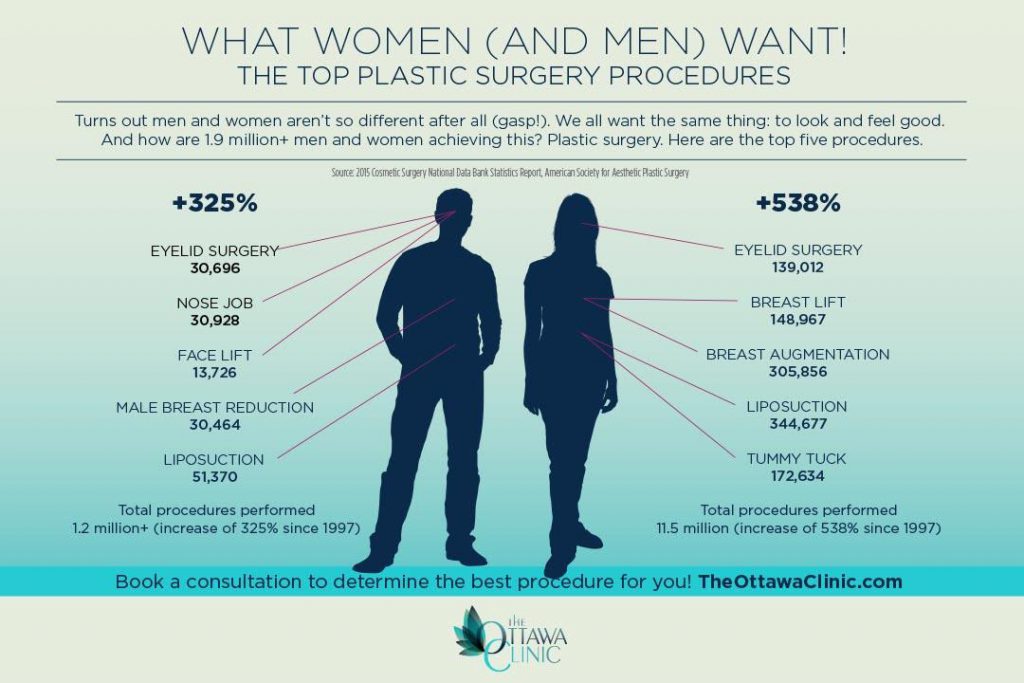Pros And Cons Of Laser Resurfacing
Pros And Cons Of Laser Resurfacing
Blog Article
Just How Does Photodynamic Treatment (PDT) Work?
Photodynamic treatment (PDT) combines a light-sensitive medication with special light to eliminate cancerous and precancerous cells. Your medical professional puts the medicine on your skin or inside your eye and after that beams a light on the treatment location.
This combination kills cancerous cells and saves healthy and balanced cells. Yale Medicine pulmonologist George Eapen, M.D., explains how this functions.
The Photosensitizer
Photodynamic treatment (PDT) utilizes a combination of light and a medicine called a photosensitizer to eliminate malignant or precancerous cells and spare healthy cells. You obtain an injection of the photosensitizer, which is then activated by light in your body. The photosensitizer is soaked up by both healthy and balanced and cancerous cells but isn't toxic till it is triggered by the light.
Light-absorbing molecules, known as photosensitizers, are found in plants and pets, consisting of people. There are many photosensitizers, but the majority of have the ability to take in a particular range of light wavelengths.
As soon as the photosensitizer is subjected to a light with a matching spectral array, it's transformed from its ground state into an excited singlet state. This allows it to transfer energy to molecular oxygen, creating singlet oxygen and complimentary radicals that mediate mobile poisoning.
The Light
During treatment, an unique light is radiated on the area where the photosensitizer was used. This light triggers the drug and damages cancer cells or precancerous cells that it has actually targeted.
The drugs that are made use of in photodynamic treatment have different absorption properties and several of them may take hours to leave regular cells yet remain much longer in cancer or precancer cells. This process permits the physician to target cancer cells more specifically than other sorts of treatments that use noticeable light, such as lasers or electrocautery [54]
Photodynamic botched botox shots therapy can deal with the earliest spots of sunlight damages known as actinic keratosis and can lower skin cancer development in individuals at high risk for creating the condition. It is additionally a choice for some patients with damp type age-related macular deterioration, which is a common source of loss of central vision in older grownups. It can not bring back the loss of vision caused by this illness, but it can reduce the progression of uncommon blood vessel development that triggers damp AMD.
The Activation
Photodynamic therapy (PDT) makes use of a medicine and light to deal with cancer and various other skin problem. It targets precancerous cells and eliminates them. Unlike other cancer cells treatments that melt and destroy, this therapy kills precancerous cells while saving healthy cells.
The photosensitizer is delivered right into the skin through topical, oral or intravenous management. It is taken in by the lump cells and triggered when revealed to light of a particular wavelength. This causes a sequence of photochemical responses that generates responsive oxygen species (ROS) that damages tumor cells and kill cancer cells.
PDT is usually used to deal with actinic keratoses and in situ squamous cell cancer (Bowen disease). It can likewise be used to deal with other kinds of skin cancer cells, including surface basal cell cancer. It can be used alone or with various other treatments, such as surgical treatment or radiation. It can even diminish lumps in the lungs, enabling surgical treatment or other therapy to be safe and effective.
The Therapy
PDT works finest in small uncommon areas of tissue that a light source can reach, such as the skin, eyes, mouth or food pipeline (oesophagus) and lungs. It is additionally used to deal with precancerous growths, such as actinic keratoses, which are sun-damaged cells that can become cancer.
Physicians carry out the photosensitizer as a lotion or shot, and after that beam a light on the treatment location. The light destroys the irregular cells. While healthy cells take in the photosensitizer, it remains longer in cancerous cells.
After the treatment, your body naturally throws away the dead cells. Clients with lung cancer cells may experience spending blood or have a bronchoscopy to get rid of the lungs of the dead tissue. Sometimes, your medical professionals may make use of a bronchoscopy to remove the photosensitizer from the lungs too if it causes significant symptoms. It is necessary to stay inside and use sun block when you go outside while the photosensitizer remains in your system.